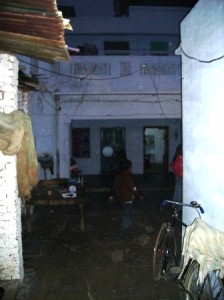
A Revisit of my Village Home in 12/07
My father had lived in the US as far back as I can recall and visited us occasionally. My only memory of his residing in India occurred when I was about two during dinner. “Papa” said I needed to finish all my food or else it would be tied to my eyes. It doesn’t make much sense, but it must have in the colloquial dialect at the time.
He was someone I waved to whenever a plane went by and someone I considered to be my savior when it seemed my mother disciplined me unfairly. I knew that once I moved to be with him in the US, all would be well. I enjoyed listening to the audio tapes he sent in which he always seemed to sound as if he was sipping tea. I especially enjoyed showing off my “loot” from the US to neighbors after his visits. My sisters and I had accumulated lots of dolls that were locked in an upstairs room that seemed to have been built just to house them. We got to play with them by appointment.
Our home in India had been a bungalow with a courtyard. There had been approximately 8 rooms, including 2 kitchens, and a room on the roof that housed the dolls and other toys from my father during his visits to the US. There was a water pump in the middle of the courtyard. I would bathe there, naked.
I loved playing “princess” in my American clothes. I fought with friends about the US being farther than their family’s origin in the Middle East.
It seemed that I was always busy playing. I had numerous friends and always looked out for the neglected ones as well as that seemed to be considered outcasts. One memory includes dropping newly-acquired shoes from our second story home to one living below us so the girl below could have shoes. My best friend, Pinky, was considered to be a rich Dr.’s daughter.
It was common for the family, along with the other villagers, to sleep on the roof—under the stars, feeling the balmy summer. It was so dry that after a rainfall, our clothes would be dry in what seemed to be 5-10 minutes. I loved the rain. When it rained, I would run around the village, sometimes naked, and stand under anywhere the water seemed to be pouring at the time.
I also loved the Spring festival of Holi, when everyone could run around “attacking” people with color. Most wore old white clothes and would get attacked with even more color if one tried to hide too much. I remember hiding in the street with my colored water gun, waiting for my next “victim.”
While I was playing marbles and engaging in colored water fights at about the age of five, I was informally “engaged.” I was promised to the youngest son of a family friend. At the time, the idea of marriage was like playing house. I assumed it was a normal part of life to know who I would be with in the future. I was told to hide and be demure whenever this young man, twice my age at 10, came by. I remember peeping through a doorway to look at him.
Being engaged young was related to the common old-fashioned tradition in Rajasthan of child marriages. My mother had married my father in their small village in Pakistan at the age of 14 and had her first child at 16. She considered it her duty to make certain her daughters were married off “well” and specifically to people from our specific heritage. This included speaking our dialect and being Brahmin.
Time has passed slowly in India. It has occurred between naps, sips of tea and conversation with neighbors. Of course, the proliferation of TV and spread of Westernization as a result has changed that. Consequently, there are probably increasing lifestyle comparisons made and individuals increasingly questioning what they want out of life and what they can have.
My Village House 12/07
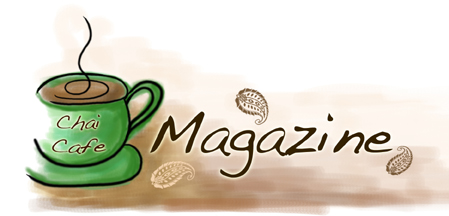
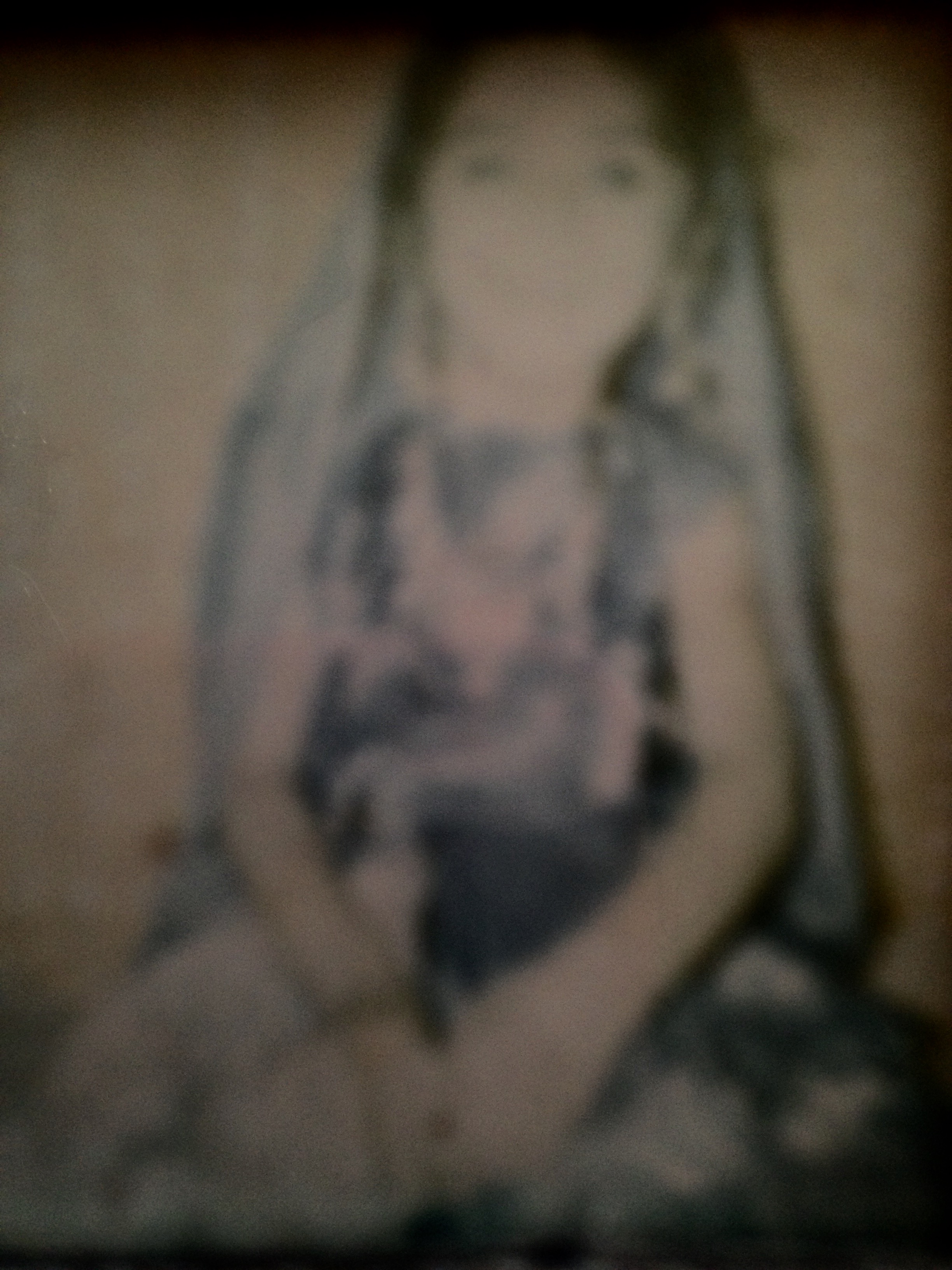

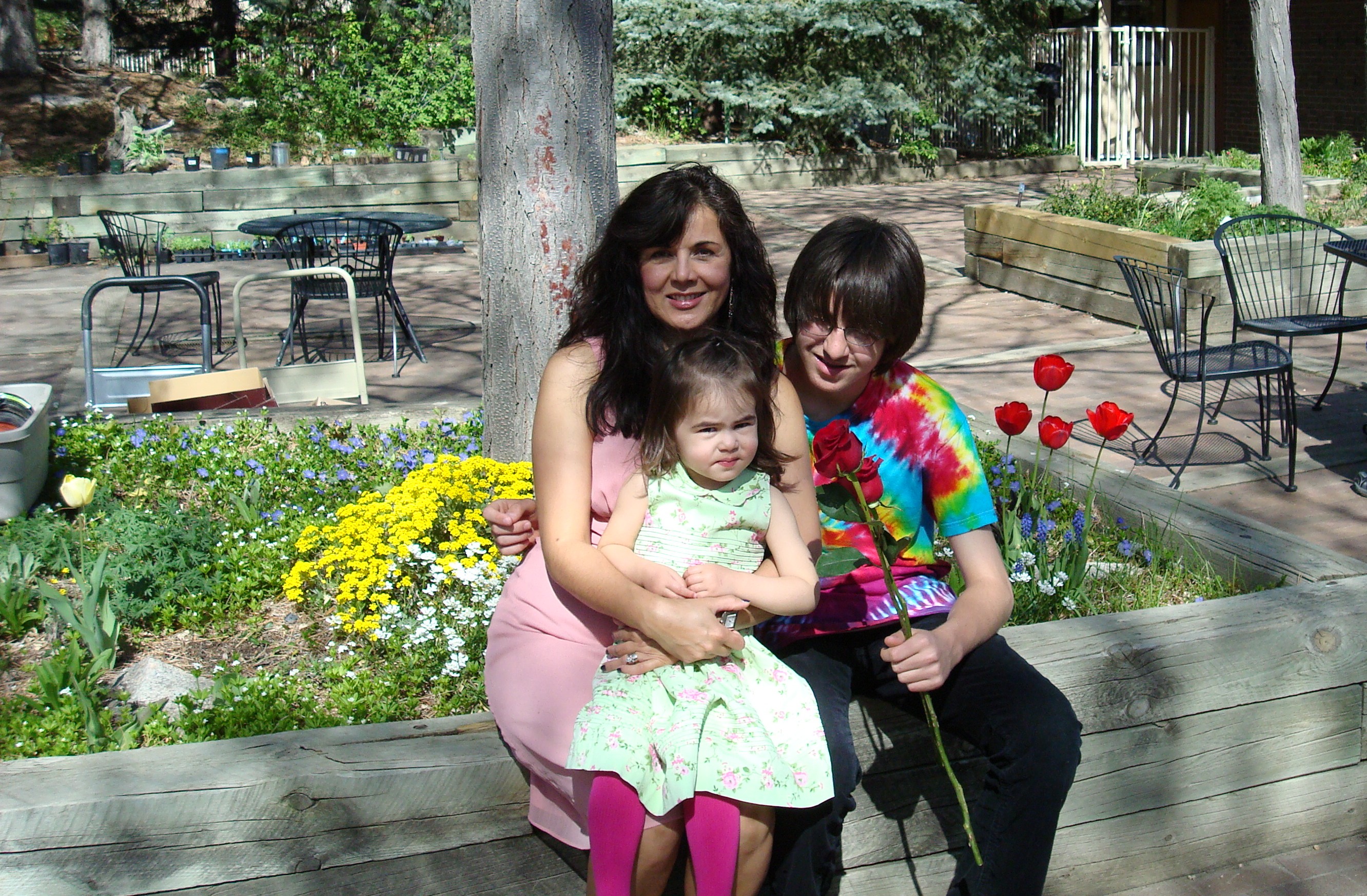
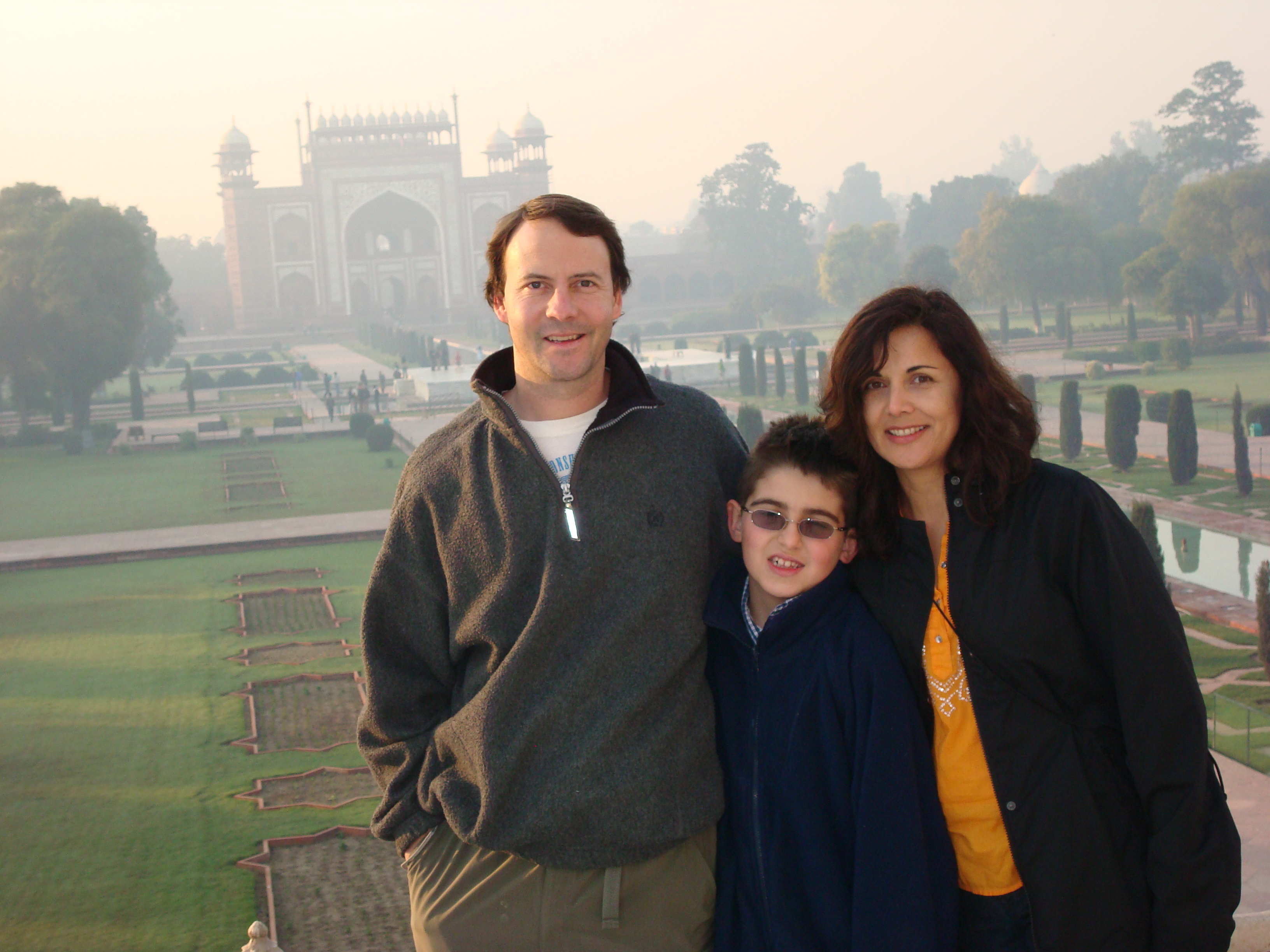

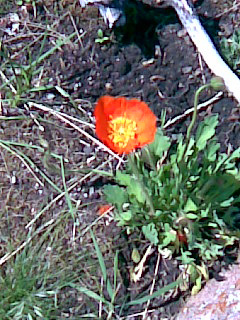
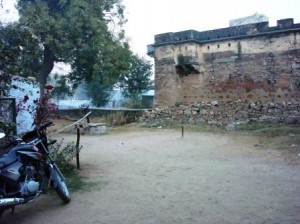 I recall fond memories of my time in India as a young child. I thought I had everything. At the age of seven, my whole life seemed ahead of me. I loved my life and felt on top of the world. I had a group of friends I enjoyed and it seemed life brought so many fascinating moments and adventures daily. I have images of simple pleasures such as playing in the local village sports during the day and staying up late with friends telling stories around a fire before wandering home. I could come and go as I pleased, often coming home around midnight to sleep under the stars in the courtyard or on the roof.
I recall fond memories of my time in India as a young child. I thought I had everything. At the age of seven, my whole life seemed ahead of me. I loved my life and felt on top of the world. I had a group of friends I enjoyed and it seemed life brought so many fascinating moments and adventures daily. I have images of simple pleasures such as playing in the local village sports during the day and staying up late with friends telling stories around a fire before wandering home. I could come and go as I pleased, often coming home around midnight to sleep under the stars in the courtyard or on the roof.  I was born on June 9, 1968 in the town of Durgapur, Bengal. My Asian Indian father went to a sage and asked what his fourth child and third daughter should be named. He told my father I should be named “Komal,” which in Hindi is an adjective to describe something soft. It also means “tender-hearted.” When I was two, we moved to a village that is a few hours from the city of Jaipur, the largest city and capital of the state of Rajasthan.
I was born on June 9, 1968 in the town of Durgapur, Bengal. My Asian Indian father went to a sage and asked what his fourth child and third daughter should be named. He told my father I should be named “Komal,” which in Hindi is an adjective to describe something soft. It also means “tender-hearted.” When I was two, we moved to a village that is a few hours from the city of Jaipur, the largest city and capital of the state of Rajasthan.